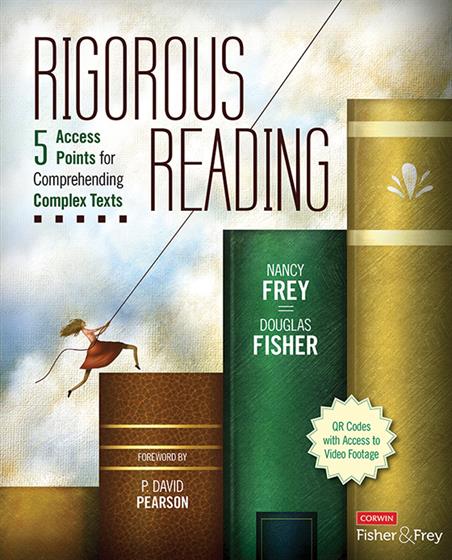Hands-on, Practical Guidance for Educators
From math,
literacy, equity, multilingual learners, and SEL, to assessment, school counseling,
and education leadership, our books are research-based and authored by experts
on topics most relevant to what educators are facing today.

Rigorous Reading
QR Codes with Access to Video Footage
Foreword by P. David Pearson
Nancy Frey and Douglas Fisher articulate an instructional plan for close reading so clearly, and so squarely built on research, that it’s the only resource a teacher will need.
- Grade Level: PreK-12
- ISBN: 9781452268132
- Published By: Corwin
- Series: Corwin Literacy
- Year: 2013
- Page Count: 256
- Publication date: September 13, 2013
Review Copies
Other Titles in: English/Language Arts Common Core | Reading (Primary/Elementary) | Reading (Middle/High School)



